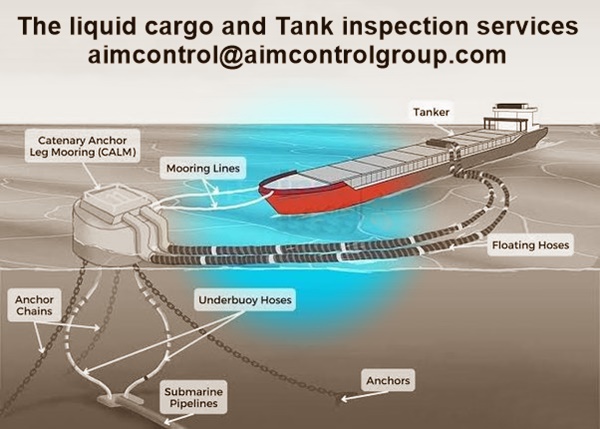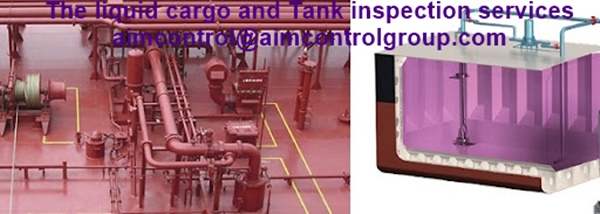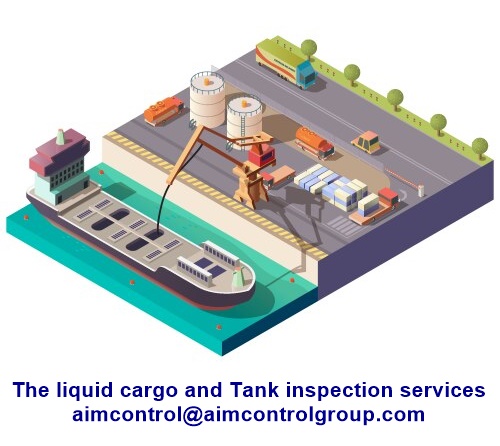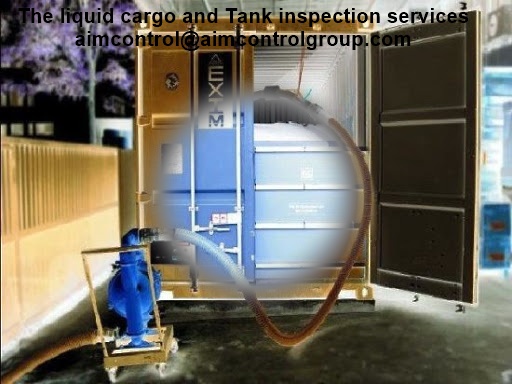- Marine and Cargo Survey / Offshore Inspection Services
- A Ship surveying and inspection services
- PNI Correspondent and Surveyors of shipowners
- Marine warranty survey services
- Charterer surveyors
- Pre-loading survey / Loading inspection services
- Pre-purchase ship vessel inspection
- Tally clerk and cargo surveyors
- Marine Cargo Survey and Consultant
- Discharging Inspection Services
- Survey services for Insurance companies
- Safety supervision for shipping
- a New ship supervision at shipyard
- Ultrasonic Test services
- Vessel Condition Inspection Services
- Heavy lift control
- Marine services
- Heavy Lift Project Cargo Loading/ Unloading Supervision/ Survey
- Loading Masters
- Risk Analysis and Loss Prevention
- Ship collision inspection
- Ship Hull and Machinery Survey Surveyors
- Break / Bulk Cargoes Holds Condition Survey/Inspection
- Vehicle RoRo Ships Shipping Control Survey
- Sealing and Unsealing Services
- Loading and Discharging Supervision / inspection
- Tallying and Supervision Services
- Technical Inspection of Vessel and Equipments
- Pipes oil gas equipment inspection
- Cargo Visual Inspection services
- Towage approval survey
- Cargo Container Inspection Services
- Cargo Hatch Covers Test and Inspection
- Ship Hull Cleaning / Propeller Polishing
- Tank coating condition survey / coating condition inspection
- Bunker Survey Inspection
- Damage expertise surveyors
- Draft Surveys
- Damage Marine Cargo Surveyor
- Off-shore - Divers Services
- Container Inspection, QA/QC
- IMDG Cargo Inspection Certificate
- Dry Cargo Inspection Surveyor
- Tank inspection
- Quality Control Quantity Inspection Certification Services
- Load securing Inspection
- Hose Handling Inspection and Testing
- Vessels Barges Calibration
- Crane Test Inspection
- Classification/ Register of Vessel
- Marpol VI
- Cargo Line Testing
- Marine Ship Surveyors and Consultancy
- Port Capt.
- Damage Survey
- Claims Insurance Recoveries
- Marine cargo surveyor
- Cargo inspection services transportation at sea
- Expedite witness
- Agriculture Goods Control / Commodities Inspection Services
- Industry Inspection Services
- Others
The liquid cargo and Tank inspection services
What is liquid cargo?
Liquid bulk cargo includes any cargo carried in closed tanks and poured or pumped into the carrying vessel, such as: Hazardous chemicals in liquid form. Petroleum. Gasoline. Liquefied natural gas (LNG).
What is the classification of liquid cargo?
Common types of liquid bulk cargo include crude oil, petroleum products (such as gasoline and diesel), chemicals (industrial chemicals, solvents, acids), liquefied gases (LNG), and food-grade liquids (vegetable oils, juices, wine).
Edible Liquids: Vegetable oil: Used for cooking and food production. ...
Non-Edible, Non-Hazardous Liquids: Lubricants: Used in machinery and engines. ...
Hazardous Liquids: Petroleum: Crude oil and refined products. ...
Non-Hazardous, Non-Edible Liquids
How is liquid bulk cargo transported?
The general purpose tankers are used to transport bulk liquids that require special care or procedures when transporting.
What is a cargo tank?
Cargo tanks are used to storage or transport bulk amounts of all types of hazardous products by road and by sea. Types of cargo tanks include:
- Tanks fixed on the ground (shore tanks)
- Compressed gas tube trailer. Atmospheric pressure, Low-pressure, flex container.
- Tanks fixed on the ship (cargo tanks).
- Tanks fixed at sea (cargo floating tanks).
What is a flex container?
The flexbox is called a flex container. To create a flex container, set the area's display property to Flexible container for tjhe liquid cargo in shipping.
What type of pump is used in tanker ships?
Pump station: ship's pumps are often used in tanker vessels for transferring low viscosity liquids cargo.
What is a stripping pump on a ship?
The stripping pump can be used to drain the cargo lines and the pump room bilges to the port or starboard slop tank, to shore via the pipe line (MARPOL line). The MARPOL line connects to the manifolds outboard of the manifold valves.




Product Sampling to Industry Standards; Tank Cleanliness Inspection; Tank Wall Wash; Tanker Lightering; Auto-Sampling; Investigation of Cargo Discrepancies.
Our team of liquid cargo experts have over 50 years experience dealing with all types of liquid cargo in trade, shipping and disputes. Our experts ensure that all contractual specifications are met to protect you from any unnecessary financial claims
Tank inspection






